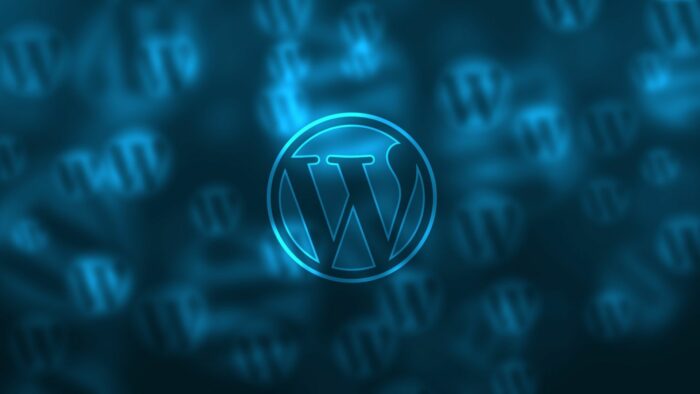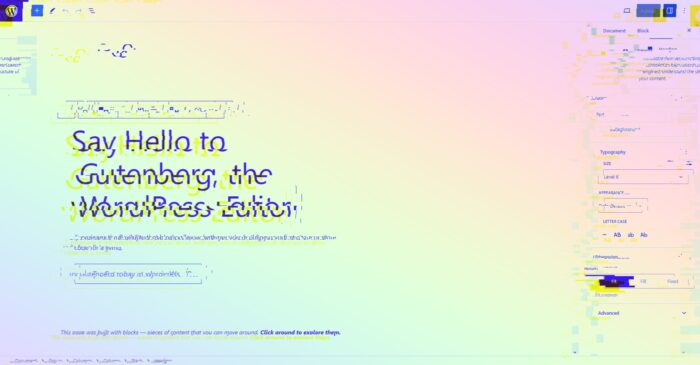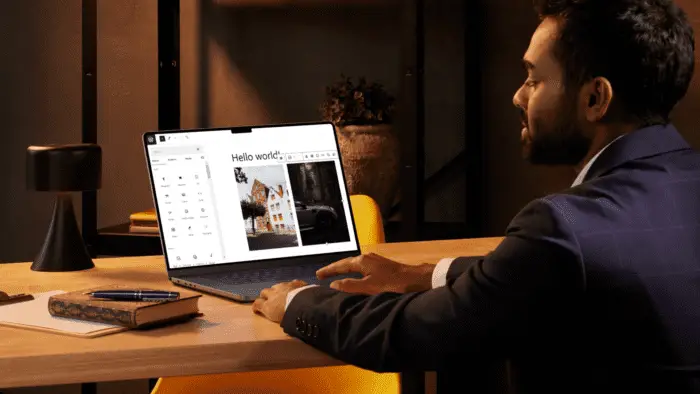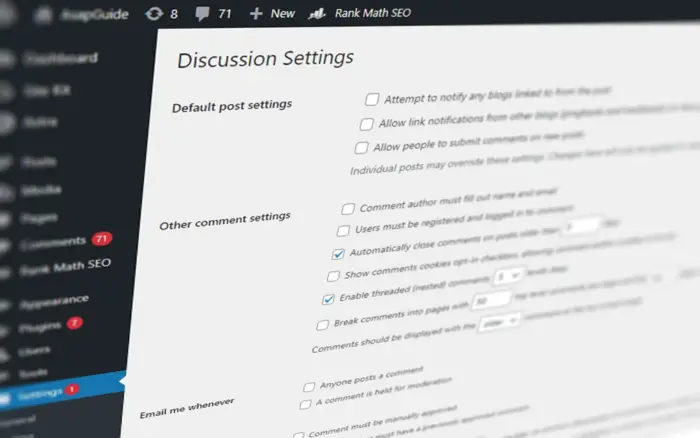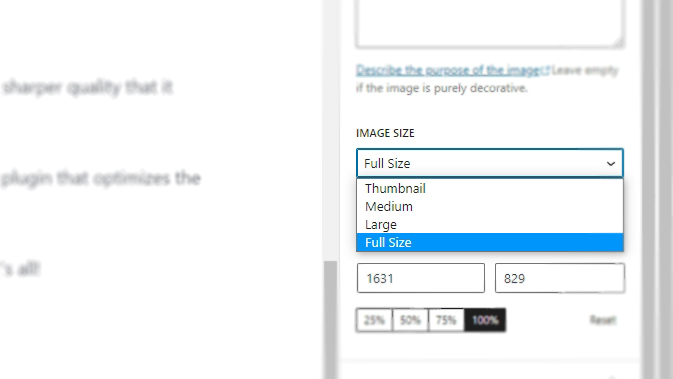Whether you dismissing your old website or migrating a new one, exporting posts to a WordPress site can be extremely challenging. We are talking about possible incompatibility and some content that couldn’t be migrated properly, most notably; featured images and attachments.
Sure, the first-party WordPress export & import tools can save a lot of time. But the lack of media migration really hurts the overall function. Fortunately, there is a simple workaround to get it done.
In this guide, I will show you how to migrate WordPress posts with featured images and attachments within the posts included.
Important: As a good rule of thumb, always backup your website before importing new posts in bulk.
1. Install and activate plugin Export media with selected content to the source site.
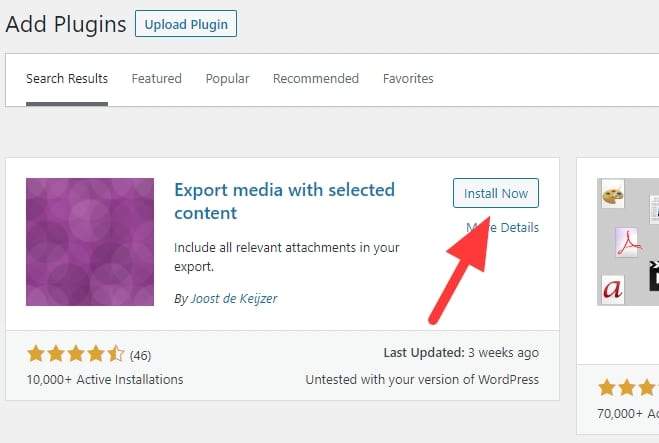

2. Now go to Tools > Export.
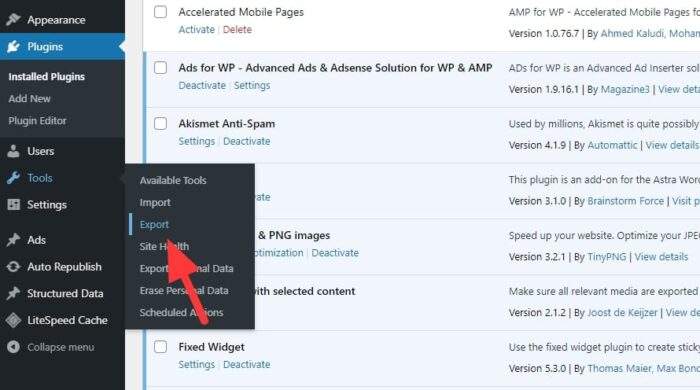

3. Select the type of content you want to export, make sure the Export media with selected content box is ticked, then hit Download Export File.
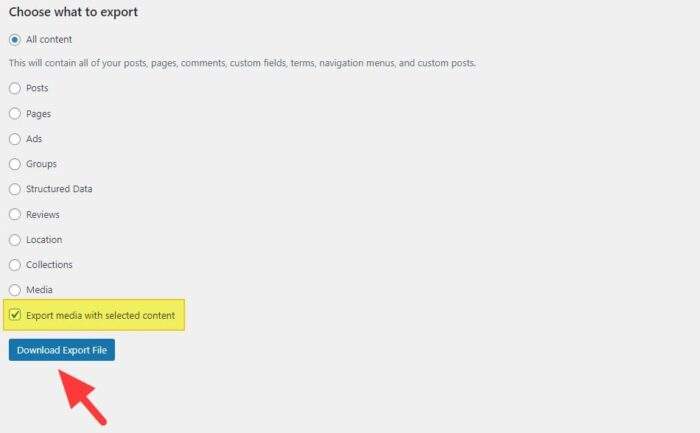

4. Head to the destination site, and click Import. Hit the Install Now link on “WordPress”. This action will install an importer plugin that let us migrating content from the other site.
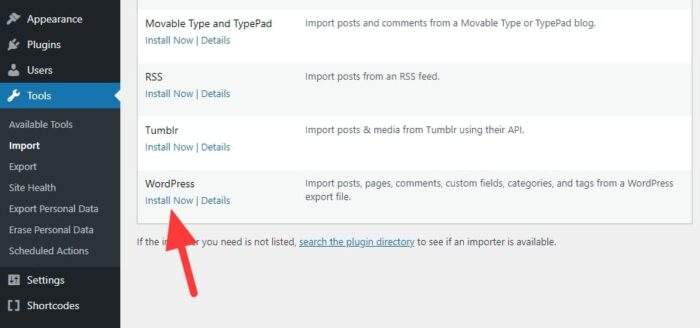

5. Once installed, click Run Importer.
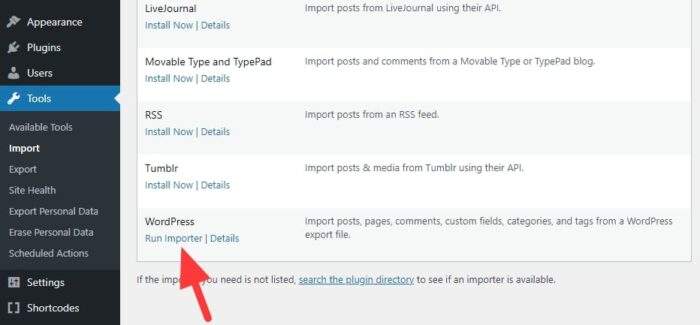

6. Select the export file, then click Upload file and import.
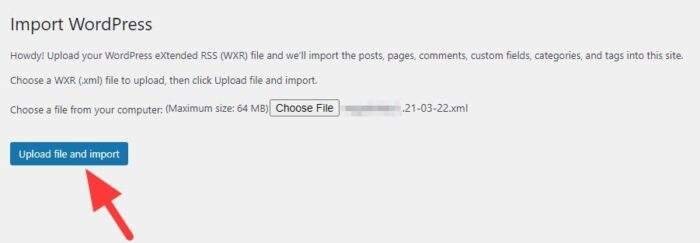

7. Assign the author, tick the Download and import file attachments box, and click Submit.
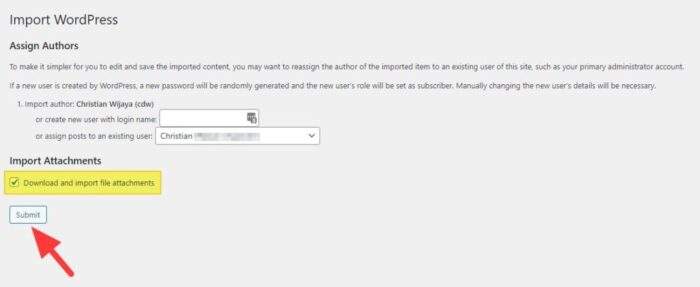

8. Now all the content has been migrated with featured images and attachments intact.
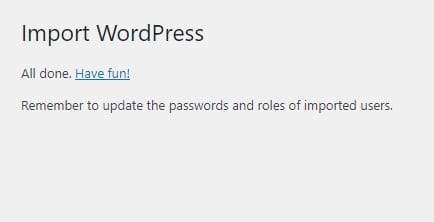

Although the process is mostly simple and straightforward, a number of images may not be linked to their correct dimension. So, you probably have to double-check everything up just to make sure (because from my experience, I found some).
And, don’t forget to redirect the old links to the new ones so it wouldn’t create a 404 error and confuse both search engines and visitors. Good luck!
